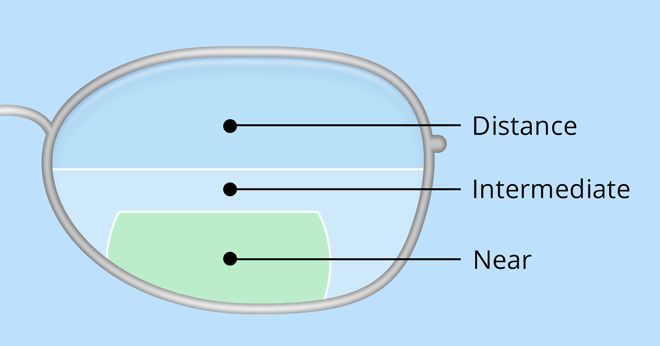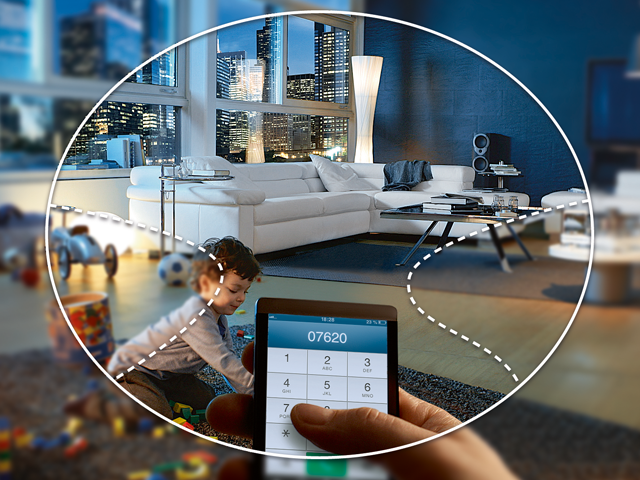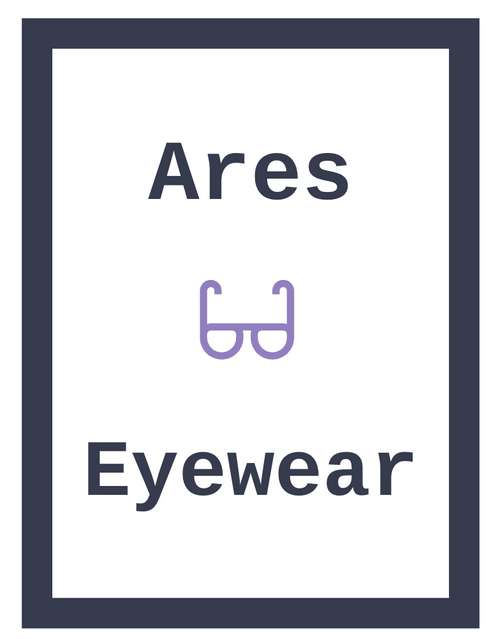When it comes to vision correction, there are a variety of options available. From traditional glasses to contact lenses, each has its own set of benefits and drawbacks.

However, one type of lens that has gained popularity in recent years is the multifocal lens. In this blog post, we'll take a closer look at multifocals, what they are, how they work, and everything you need to know about these revolutionary lenses.
What are Multifocals?
Multifocal lenses are designed to correct vision problems caused by presbyopia, a condition that affects the majority of people over the age of 40.

Presbyopia is a natural age-related change in the eye that makes it harder to focus on close objects. It's the reason why many people need reading glasses or bifocals as they get older.
Multifocal lenses, on the other hand, are designed to correct presbyopia by providing multiple focal points in a single lens. Unlike bifocals, which have two distinct areas for near and far vision, multifocals have a gradual transition between the different focal points, allowing for a more natural vision experience.
Types of Multifocals:
There are several types of multifocal lenses available, each with its own unique features and benefits. Here are some of the most common types:
- Progressive Multifocals: These are the most common type of multifocal lenses. They have a gradual transition between the different focal points, allowing for a smooth and natural vision experience. Progressive multifocals are designed to mimic the way the eye works, providing clear vision at all distances.

- Bifocal Multifocals: These lenses have two distinct areas for near and far vision, similar to traditional bifocals. However, the difference is that the transition between the two areas is more gradual, reducing the need for constant adjustments.

- Trifocal Multifocals: These lenses have three distinct areas for near, intermediate, and far vision. They provide clearer vision at all distances and reduce the need for multiple pairs of glasses.

- Computer Multifocals: These lenses are designed specifically for people who spend a lot of time working on computers. They have a specialized design that reduces eye strain and improves vision for both near and intermediate distances.

How Do Multifocals Work?
Multifocal lenses work by providing multiple focal points in a single lens. The lens is designed to bend light in such a way that it allows the wearer to see clearly at different distances. The gradual transition between the different focal points allows the wearer to move their eyes seamlessly between near and far objects without the need for constant adjustments.

The secret to multifocal lenses' success lies in the way they manipulate the light that enters the eye. The lens is designed to bend light in such a way that it creates multiple focal points, allowing the wearer to see clearly at different distances. This is achieved through a process called refraction, which is the bending of light as it passes through a medium.
Benefits of Multifocals:
There are several benefits to wearing multifocal lenses. Here are some of the most significant advantages:
- Convenience: Multifocal lenses eliminate the need for multiple pairs of glasses or constant lens changes. They provide clear vision at all distances, making them a convenient choice for people with presbyopia.

- Comfort: Multifocal lenses are designed to be comfortable to wear. They have a gradual transition between the different focal points, reducing the need for constant adjustments.
:max_bytes(150000):strip_icc()/african-american-woman-reading-book-103925061-5790db7e3df78c09e93b64ed.jpg)
- Natural Vision: Multifocal lenses provide a more natural vision experience than traditional bifocals. They allow the wearer to see clearly at all distances without the need for constant adjustments.

- Reduced eye strain and fatigue. With multifocal lenses, you can focus on a computer screen, read a book, or drive a car without having to constantly switch between different pairs of glasses.

- Wider Field of Vision: Multifocal lenses have a wider field of vision than traditional bifocals. This means that you can see more of your surroundings without having to move your head or eyes.

- Stylish: Multifocal lenses are available in a variety of styles and designs. You can choose from different frame styles, colors, and materials to suit your personal preferences and fashion sense.


